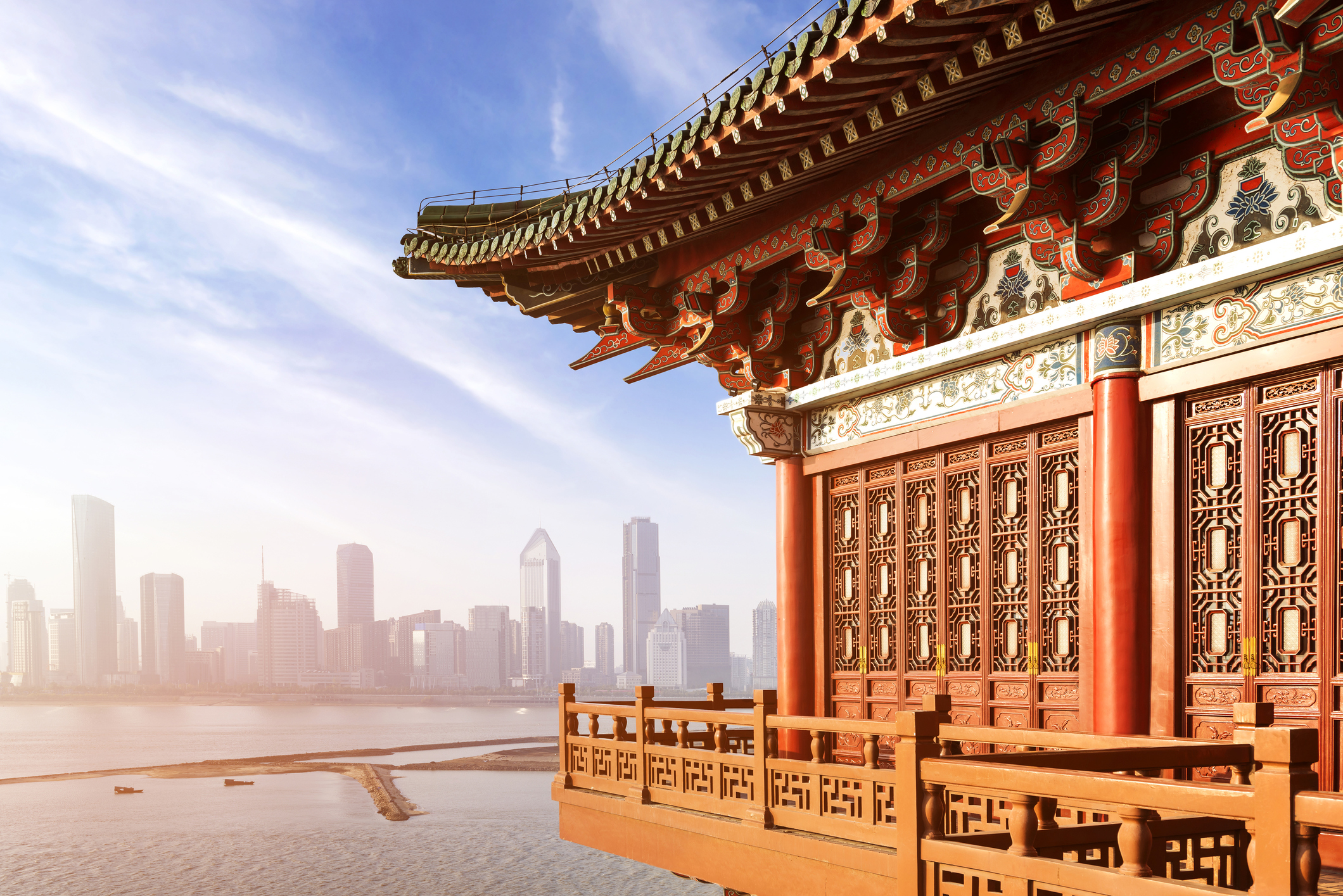
Influenced by American and Western practices, China continues to produce governmental innovations.
Since President Donald Trump took office, many headlines covering U.S.-China relations have emphasized rising tensions between the two nations—from trade issues to territorial disputes in the South China Sea. But in a recent paper, Jamie P. Horsley, a visiting fellow at the Brookings Institution’s John L. Thornton China Center, highlights how the United States’ engagement with China has promoted good governance and regulatory reform there. Influenced by American and Western experience, Horsley explains, the Chinese Communist Party is approaching two decades in its long-term project to “reinvent” the Chinese government.
With problems ranging from environmental degradation to the public’s deep distrust of the government, Horsley writes that the Chinese government has come to view rule of law as essential to addressing complex issues in a nation of nearly 1.4 billion people. Horsley, who also serves as a senior fellow at Yale Law School’s Paul Tsai China Center, argues U.S. officials should continue to engage with their Chinese counterparts for two reasons: to support the positive—even if inconsistent—developments in China’s governance and to maintain the exchange of ideas about how to address shared domestic challenges.
Horsley explains that when the Chinese government modernized its “criminal, commercial, and civil legal system,” lawmakers there realized a modern administrative law system would be necessary also. Although China’s National People’s Congress has yet to pass a U.S.-styled Administrative Procedure Act, it has enacted statutes that expand citizens’ access to government information as well as regulations fostering civic participation in legislation and government rule-making.
China’s Open Government Information (OGI) statute offers one example. Introduced in 2007 and influenced by the U.S. Freedom of Information Act, Horsley reports that the OGI requires disclosure of government records at every level, including information not previously published. If disclosure requests are refused, citizens now have a right to sue, supporting the new “freedom of information” paradigm.
Horsley illustrates that members of academia, civil society, the legal industry, and the media have all used the OGI statute to obtain specific information, aiding both litigation and advocacy efforts against various government entities. Budget details relating to the discharge of pollutants have been critical for lawyers hoping to bring lawsuits in areas such as land expropriation, environmental damage, and consumer protection. To help ensure that government officials take their disclosure obligations under OGI seriously, advocates have developed Chinese watch-projects inspired by American watchdog efforts, such as the former Washington D.C.-based OMB Watch.
Despite the Chinese government agencies’ release of millions of documents each year, Horsley acknowledges that the work to improve transparency remains unfinished. Chinese government officials concede that much of the information they share can be “garbage,” and often the information citizens request remains unavailable. Despite having the right to sue for information, members of the public prevail in roughly one-in-ten OGI lawsuits.
Horsley illustrates that the government has increased its “open-door legislation” process, allowing the public to join some legislative hearings, provide comments on draft legislation, and receive information about party affairs. In 2000, the National People’s Congress adopted a law that standardized legislative procedures and created a new public opinion-seeking process that was modeled after the U.S. notice-and-comment rulemaking process. Horsley details that China took a step further by expanding citizen participation beyond rulemaking to congressional law-making as well.
Horsley explains that those who engage in the rule proposal process and submit comments include Chinese academics, lawyers, civil society organizations, business associations, and government-backed organizations. However, even foreigners, ranging from the U.S. government to the American Bar Association to business groups from all over the world now share feedback with Chinese government officials on newly proposed laws and regulations.
In another example of increased transparency, the State Council, the chief administrative authority of China, recently provided drafts of government regulations for a 30-day comment period. Horsley notes that the Council is also currently drafting new regulations setting “minimum procedures for major decision-making at all levels of government.”
Moreover, Horsely offers examples illustrating the impact of public comments. After Chinese leaders passed a controversial Foreign NGO Law that was widely criticized by entities including civil society groups to foreign governments during the comment period, the government re-drafted the legislation to address the grievances. When the final draft of the Chinese Environmental Protection Law imposed stringent restrictions on public interest lawsuits, the public consultation concluded in a revision of the law ended up granting 700 Chinese environmental advocacy organizations standing to sue.
Horsley argues that in areas such as social welfare and infrastructure, both the United States and China can improve their own policies and practices through continued engagement and information sharing. She highlights the U.S.- China Climate Smart/Low-Carbon Cities initiative as an example of how leaders from both countries exchange strategies for building “low-carbon, clean-energy, and climate-resilient economies” in both China and the United States. Last September, the Obama Administration started an initiative with the Chinese city of Hangzhou to promote ideas-sharing on municipal governance issues such as sustainable urban planning and public participation.
In addition, the Chinese Communist Party has expressed increasing interest in collaborating within international institutions—such as the United Nations and the international economic forum known as G-20—to work on new rule proposals and increase China’s presence in international standard-setting. Horsley posits that despite China’s inconsistent practice of open, participatory, and law-based decision-making, the country’s efforts and experiences in modernizing its administrative policies may be valuable in developing similar administrative reforms related to transparency and public participation in other countries. She ultimately advocates that the United States should welcome China’s participation and continue to collaborate on governance issues at the national and global level.



